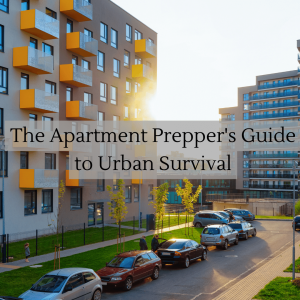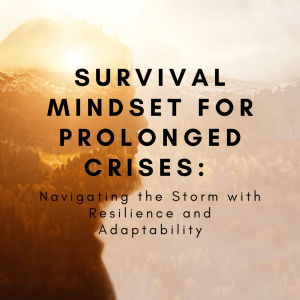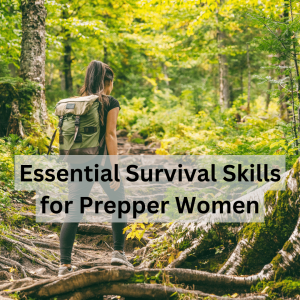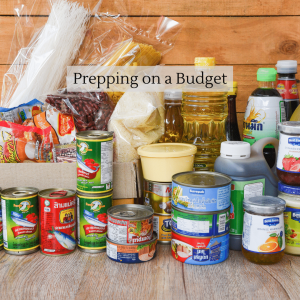Building a sustainable prepper garden has become a popular practice for individuals and families seeking self-sufficiency and resilience. A prepper garden not only provides a reliable source of fresh and nutritious food but also ensures that you can weather unexpected situations with confidence. In this guide, we will delve into the key elements of building a sustainable prepper garden, including understanding grow seasons, maximizing crop yield, and exploring different methods of growing. Let’s get started!
Understanding The Prepper Garden Grow Seasons
Grow seasons vary depending on your geographic location, climate, and the specific crops you intend to cultivate. Familiarize yourself with the concept of planting seasons, which are broadly classified as cool-season and warm-season crops.
- Cool-Season Crops: Cool-season crops thrive in cooler temperatures and are typically planted in early spring or late summer. These crops include lettuce, spinach, kale, peas, carrots, beets, and broccoli. They can tolerate mild frosts and even enhance their flavor after exposure to cold weather.
- Warm-Season Crops: Warm-season crops require higher temperatures and are usually planted after the last frost date in your region. These crops include tomatoes, peppers, cucumbers, zucchini, beans, corn, and melons. They need warm soil and air to germinate and grow successfully.
By planning your garden layout with consideration for grow seasons, you can ensure a steady supply of fresh produce throughout the year.
Maximizing Your Prepper Garden Crop Yield
To build a sustainable prepper garden, maximizing crop yield is essential. Here are some tips to help you make the most of your garden’s potential:
- Soil Preparation: Begin by improving the soil quality through composting, incorporating organic matter, and testing its pH levels. Well-draining, fertile soil with a balanced pH fosters robust plant growth.
- Companion Planting: Utilize the concept of companion planting to encourage healthier crops and deter pests. For example, planting marigolds alongside tomatoes can repel insects, while beans planted near corn help improve soil nitrogen levels.
- Succession Planting: Practice succession planting to extend your harvest season. This involves planting crops in multiple stages, allowing for a continuous supply of fresh produce. Once one batch is harvested, another one is ready to take its place.
- Crop Rotation: Rotate crops annually to prevent the buildup of pests and diseases. By avoiding planting the same crops in the same location each year, you reduce the risk of depleting soil nutrients and increase overall garden health.
Methods of Growing For Your Prepper Garden
When it comes to sustainable prepper gardening, it’s essential to explore different methods of growing that align with your space, resources, and personal preferences. Here are a few popular methods to consider:
- Raised Beds: Raised beds offer excellent drainage and allow for precise control of soil composition. They are particularly useful in areas with poor soil quality or limited space. Construct raised beds using untreated wood or other safe materials, ensuring proper depth for root growth.
- Container Gardening: Ideal for small spaces, container gardening involves growing plants in pots, buckets, or other containers. This method allows for flexibility in arranging plants, offers easy mobility, and prevents soil-borne diseases. Choose appropriate containers and provide proper drainage to ensure plant health.
- Vertical Gardening: Vertical gardening utilizes wall-mounted structures or trellises to grow plants vertically, maximizing space utilization. Vining crops such as tomatoes, cucumbers, and beans work exceptionally well in this setup. Vertical gardening also improves air circulation and sunlight exposure for better plant growth.
- Hydroponics: Hydroponics is a soilless cultivation method that involves growing plants in nutrient-rich water. This method conserves water, reduces the risk of soil-borne diseases, and allows for year-round growing. It requires a bit more investment upfront but can provide substantial yields in limited spaces.
Building a sustainable prepper garden empowers individuals and families to become self-reliant while ensuring a steady supply of fresh food throughout the year. By understanding grow seasons, maximizing crop yield, and exploring different methods of growing, you can create a garden that thrives under various conditions. Remember, prepper gardening is an ongoing journey that requires observation, adaptation, and continuous learning. Embrace the process, and enjoy the rewards of a bountiful, sustainable garden.





